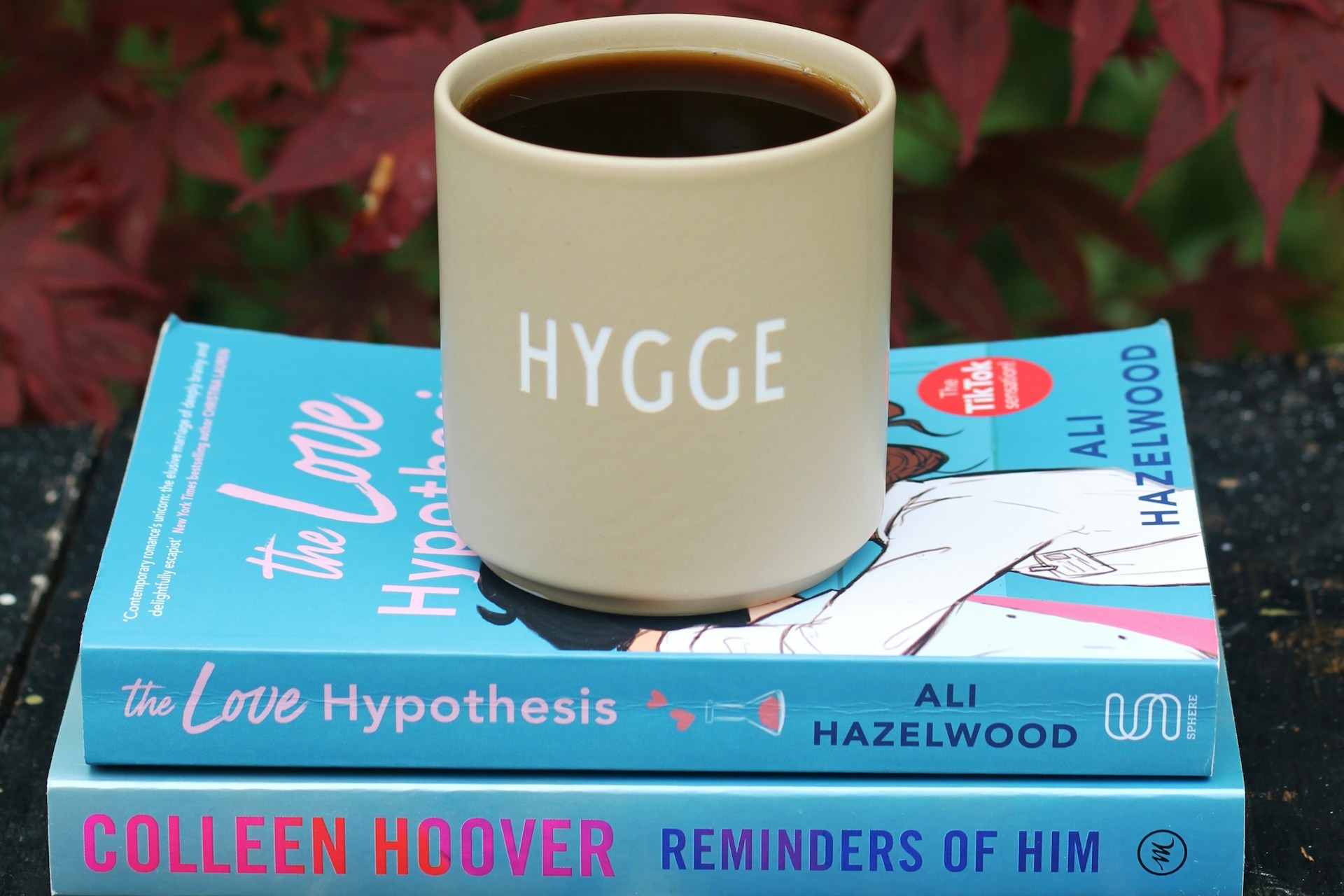Introduction
Think of a theory as a big-picture explanation that tells us how and why things happen. It connects constructs and hypotheses to help us understand a phenomenon.
Key Components
- Constructs:
- What They Are: Abstract ideas or concepts that we want to study. They’re like the building blocks.
- Examples: Intelligence, motivation, stress, customer satisfaction.
- Role: Define what you’re interested in examining.
- What They Are: Abstract ideas or concepts that we want to study. They’re like the building blocks.
- Hypotheses:
- What They Are: Specific, testable predictions about how two or more constructs are related.
- Example: “Increased stress leads to decreased job performance.”
- Role: Propose how constructs might be connected, so you can test and see if your ideas hold true.
- What They Are: Specific, testable predictions about how two or more constructs are related.
- Theory:
- What It Is: A well-organized set of ideas that explains why and how constructs are related, based on tested hypotheses.
- Example: The Theory of Stress and Coping explains how people deal with stressful events.
- Role: Provides a comprehensive explanation by connecting multiple constructs and supported hypotheses.
- What It Is: A well-organized set of ideas that explains why and how constructs are related, based on tested hypotheses.
How They Work Together
- Start with Constructs:
- Identify the key concepts you’re interested in.
- Example: Stress and health.
- Identify the key concepts you’re interested in.
- Formulate Hypotheses:
- Make predictions about how these constructs relate.
- Example: “High levels of stress increase the risk of health problems.”
- Make predictions about how these constructs relate.
- Conduct Research:
- Test your hypotheses through studies and experiments.
- Develop a Theory:
- Use the results from multiple tested hypotheses to build a theory.
- Example: After many studies show that stress affects health, you develop a theory explaining the mechanisms behind this relationship.
- Use the results from multiple tested hypotheses to build a theory.
An Everyday Example
- Constructs: Exercise and happiness.
- Hypothesis: “Regular exercise increases levels of happiness.”
- Theory: Over time, after testing this hypothesis in different ways and confirming it, you develop a Theory of Exercise and Mental Well-being that explains why exercise boosts mood (e.g., by releasing endorphins, improving sleep, etc.).
Why Theories Are Important
- Explain Phenomena: Theories help us understand the underlying reasons behind observations.
- Predict Outcomes: They allow us to anticipate what might happen in similar situations.
- Guide Research: Theories highlight areas where more investigation is needed.
In Simple Terms
- Constructs are what you’re studying.
- Hypotheses are how you think these things are connected.
- Theories are why they are connected, based on evidence from tested hypotheses.
Conclusion
A theory brings it all together. It takes the constructs you’re interested in, uses the findings from your hypotheses, and provides a bigger explanation of the phenomenon. It’s like assembling a puzzle: constructs are the pieces, hypotheses show you how pieces might fit together, and the theory is the completed picture that makes sense of it all.
Visual Analogy
- Constructs: Individual Lego bricks.
- Hypotheses: Instructions on how to connect the bricks.
- Theory: The finished Lego model that shows what you’ve built and how it works.
Final Thought
A theory is your comprehensive story that explains the relationships between different ideas (constructs) and what you’ve discovered through testing (hypotheses). It helps others understand the significance of your findings in a clear and coherent way.










Leave a Reply